In a groundbreaking move for sustainable tourism, Scotland has unveiled the world’s first officially certified "carbon negative" hiking trail. The route, which winds through the dramatic landscapes of the Highlands, represents a bold step forward in eco-conscious travel. By combining rigorous carbon offsetting measures with habitat restoration, the project not only neutralizes its environmental impact but actively removes more CO₂ from the atmosphere than it generates.
The 55-mile trail traverses ancient Caledonian pine forests, peat bogs, and rugged moorlands between the villages of Aviemore and Fort Augustus. What sets it apart is its meticulously calculated carbon footprint—every aspect of the trail’s maintenance, from path erosion repairs to waymarker production, has been optimized for minimal emissions. Visitors are encouraged to use public transport, while local businesses along the route have adopted renewable energy and waste reduction protocols.
Beyond offsetting, the project goes a critical step further through large-scale peatland rehabilitation. Scotland’s degraded peat bogs, when dried out, release centuries of stored carbon. Restoration work led by ecologists has rewetted over 1,200 acres along the trail, creating a natural carbon sink that will sequester approximately 3,800 tons of CO₂ annually—equivalent to taking 800 cars off the road permanently. Native tree planting initiatives add another layer of carbon capture while bolstering biodiversity.
What makes this initiative truly revolutionary is its verification system. An independent panel of climatologists and land use experts conducted a 18-month audit using satellite monitoring and soil sampling to confirm the trail’s net carbon removal. The certification requires annual reviews to ensure continued compliance, setting a new benchmark for eco-tourism transparency. "This isn’t greenwashing with creative accounting," emphasizes Dr. Fiona MacLeod, the project’s lead scientist. "We’re holding ourselves to geological timescales—the peat will keep absorbing carbon for millennia if properly maintained."
The economic ripple effects are equally transformative. Remote communities along the route report a 40% increase in offseason bookings since the trail’s soft launch, with visitors staying longer to participate in conservation activities like tree planting or wildlife surveys. Local guides now offer "carbon literacy" tours explaining the landscape’s role in climate regulation. Artisans showcase products made from invasive species cleared during habitat restoration, creating a circular economy model.
Critics initially questioned whether the math would hold—can tourism ever truly be carbon negative? The answer lies in the trail’s radical demand management. Unlike typical destinations chasing visitor numbers, access is controlled through a permit system that limits hikers to 25 per day during peak season. This scarcity has paradoxically increased the route’s prestige, with bookings filled through 2025. "We’re proving that low-volume, high-value tourism can fund environmental repair," says conservation manager Alistair McGregor.
As other nations scramble to replicate the model, the Scottish government has released open-source methodologies for calculating tourism carbon budgets. The trail’s success has already influenced policy, with new legislation requiring all state-funded outdoor recreation projects to demonstrate at least carbon neutrality by 2027. For travelers seeking to reconcile their wanderlust with environmental ethics, this Highland path offers more than breathtaking vistas—it provides a blueprint for tourism’s future in a climate-changed world.

By Jessica Lee/Apr 7, 2025
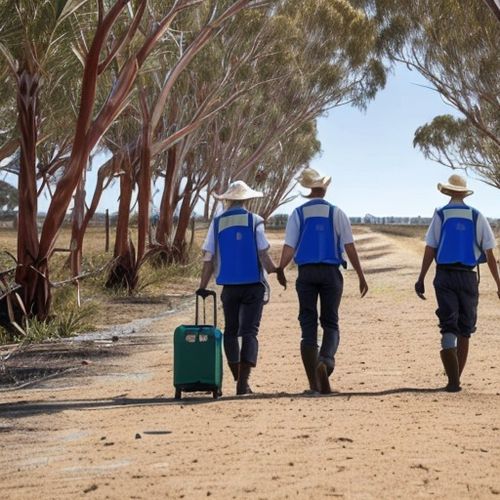
By Emily Johnson/Apr 7, 2025

By Jessica Lee/Apr 7, 2025

By Joshua Howard/Apr 7, 2025

By Amanda Phillips/Apr 7, 2025

By Sophia Lewis/Apr 7, 2025

By Samuel Cooper/Apr 7, 2025

By Michael Brown/Apr 7, 2025
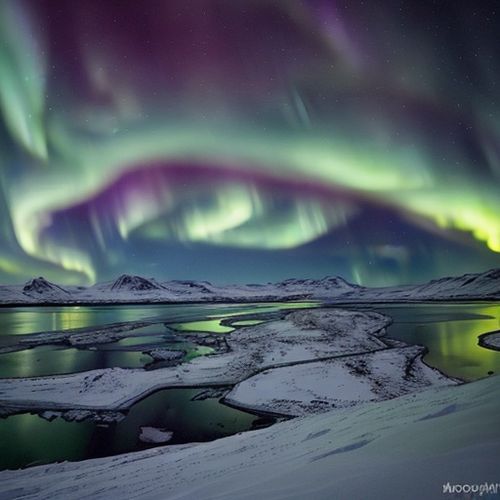
By Elizabeth Taylor/Apr 7, 2025
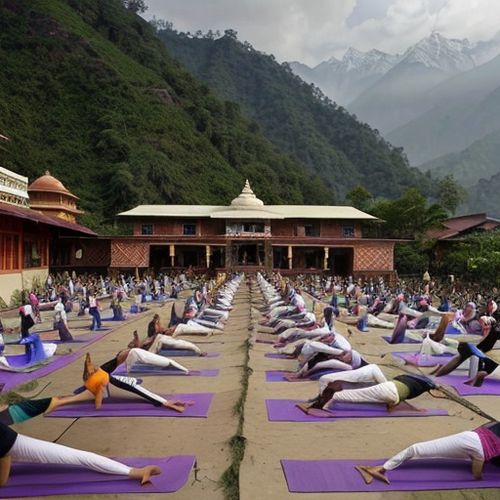
By Sarah Davis/Apr 7, 2025

By Daniel Scott/Apr 7, 2025
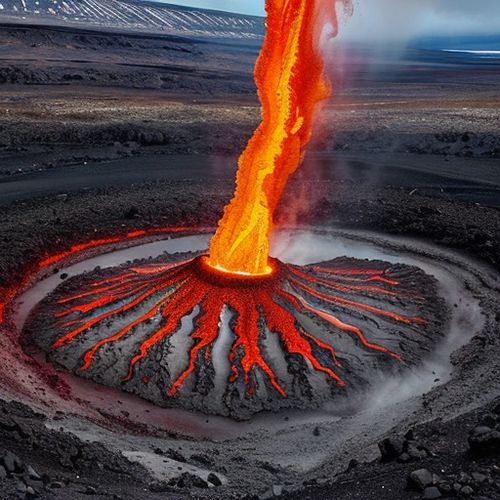
By Grace Cox/Apr 7, 2025
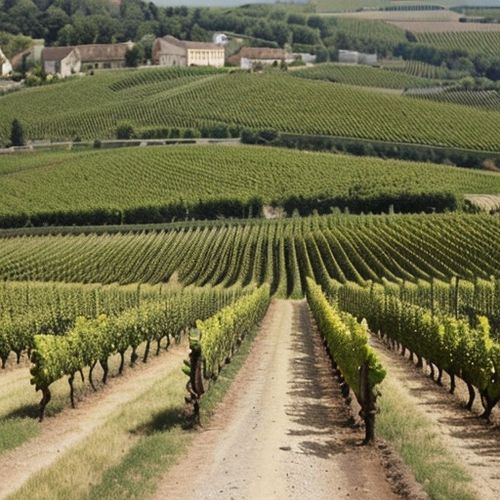
By Grace Cox/Apr 7, 2025

By Ryan Martin/Apr 7, 2025

By Christopher Harris/Apr 7, 2025
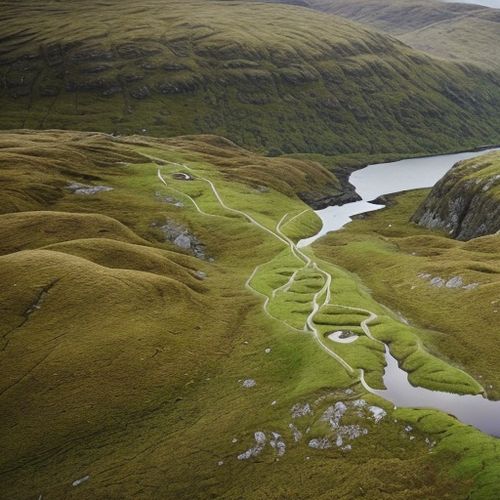
By Lily Simpson/Apr 7, 2025
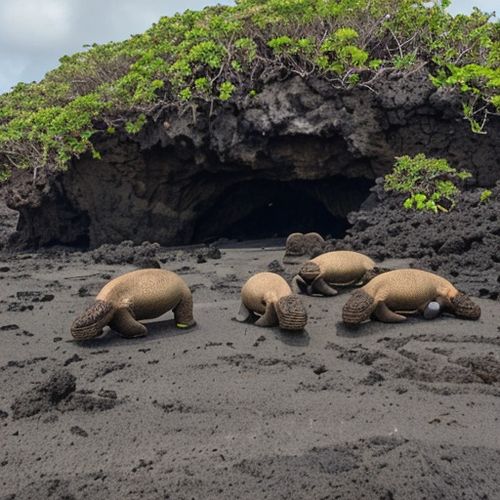
By Elizabeth Taylor/Apr 7, 2025

By Christopher Harris/Apr 7, 2025
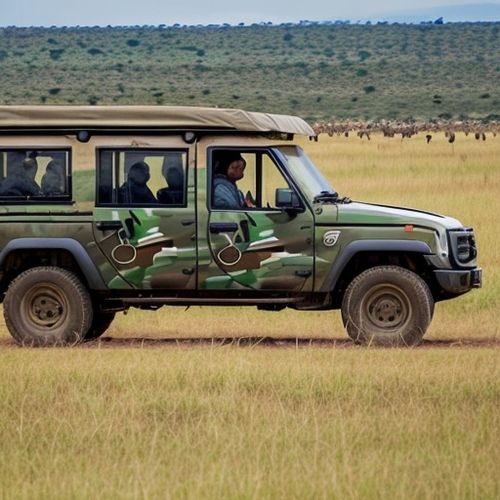
By Noah Bell/Apr 7, 2025
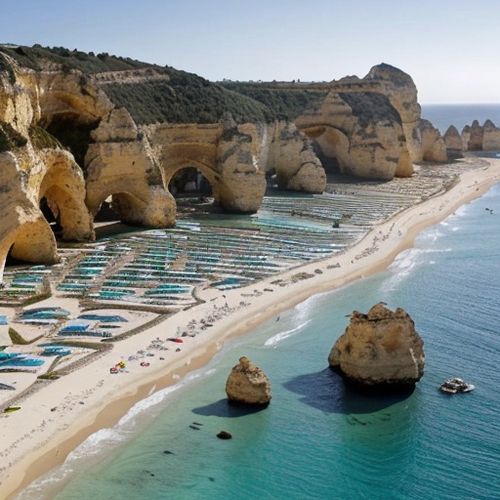
By Thomas Roberts/Apr 7, 2025